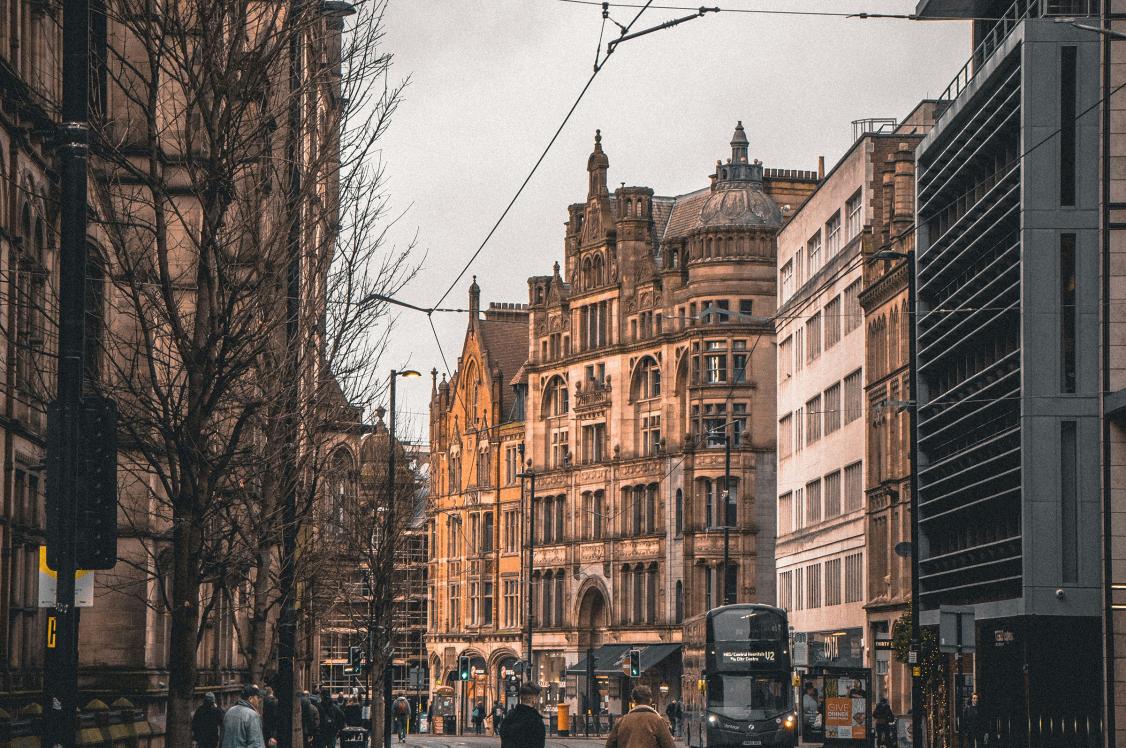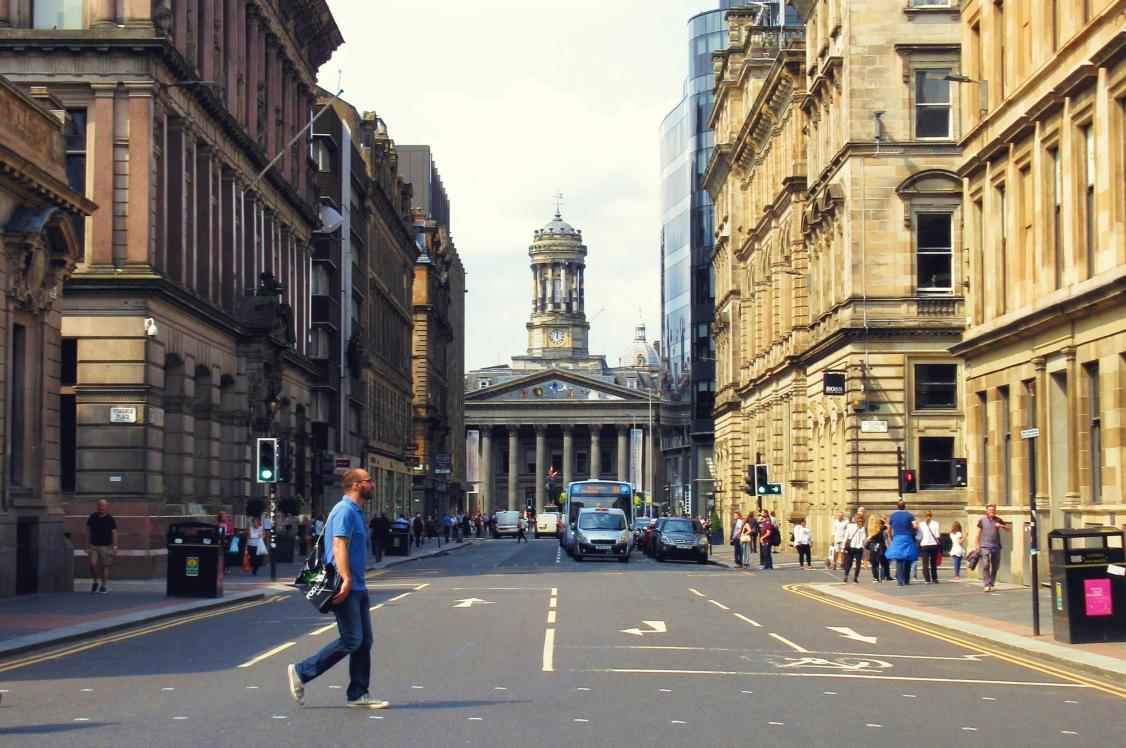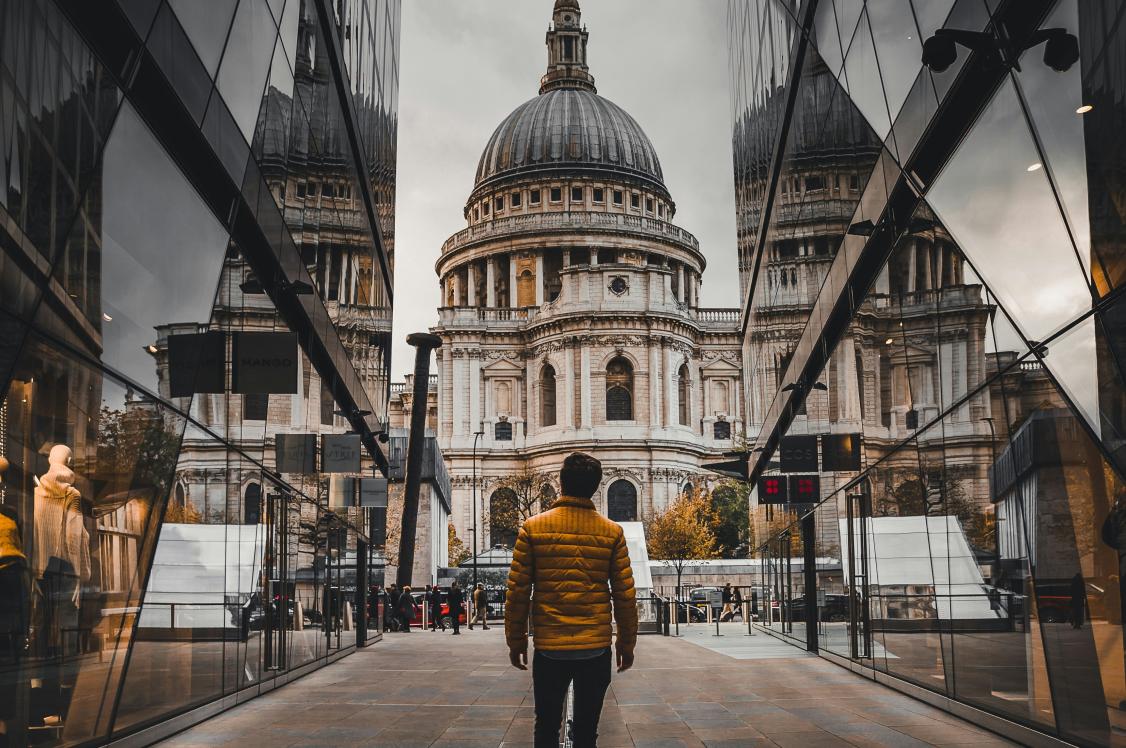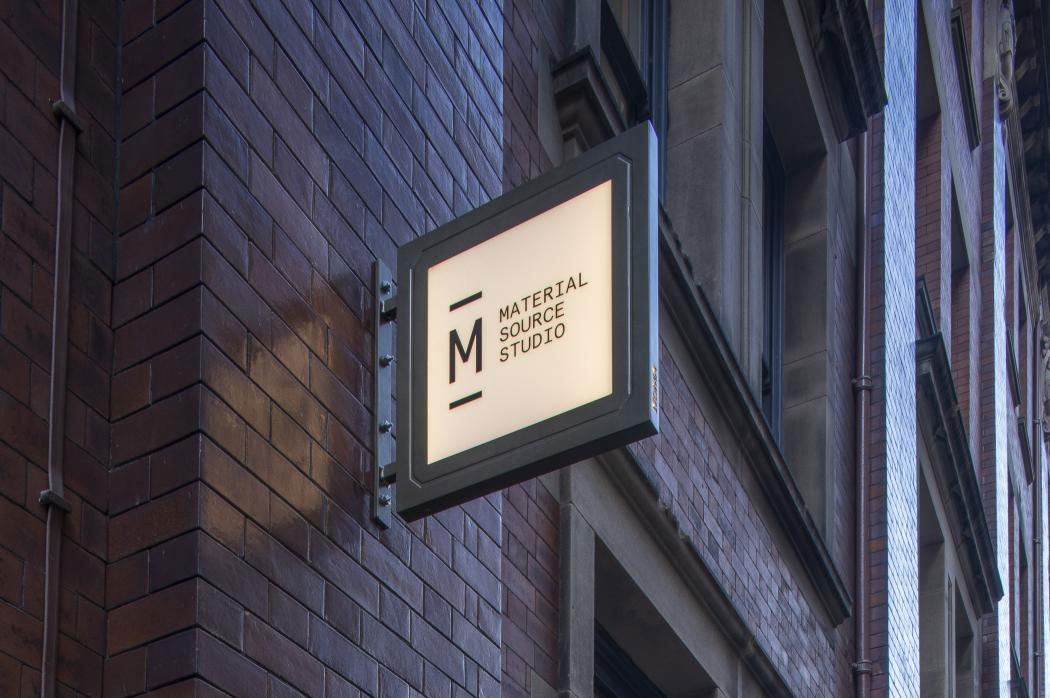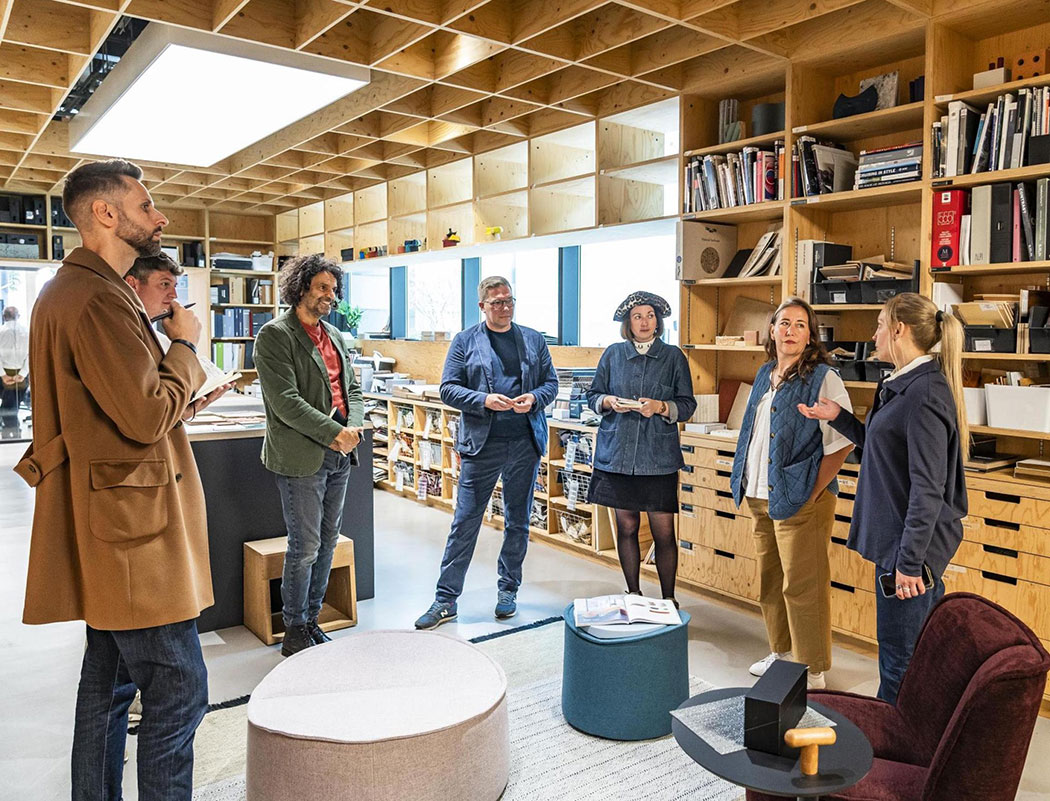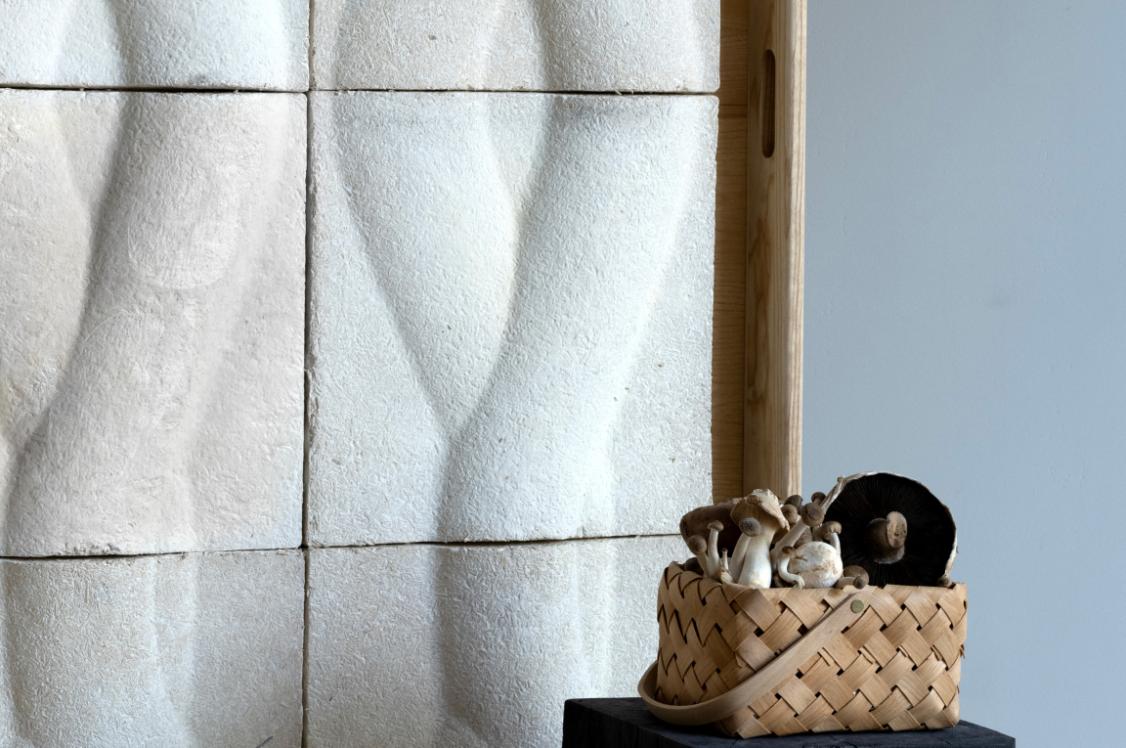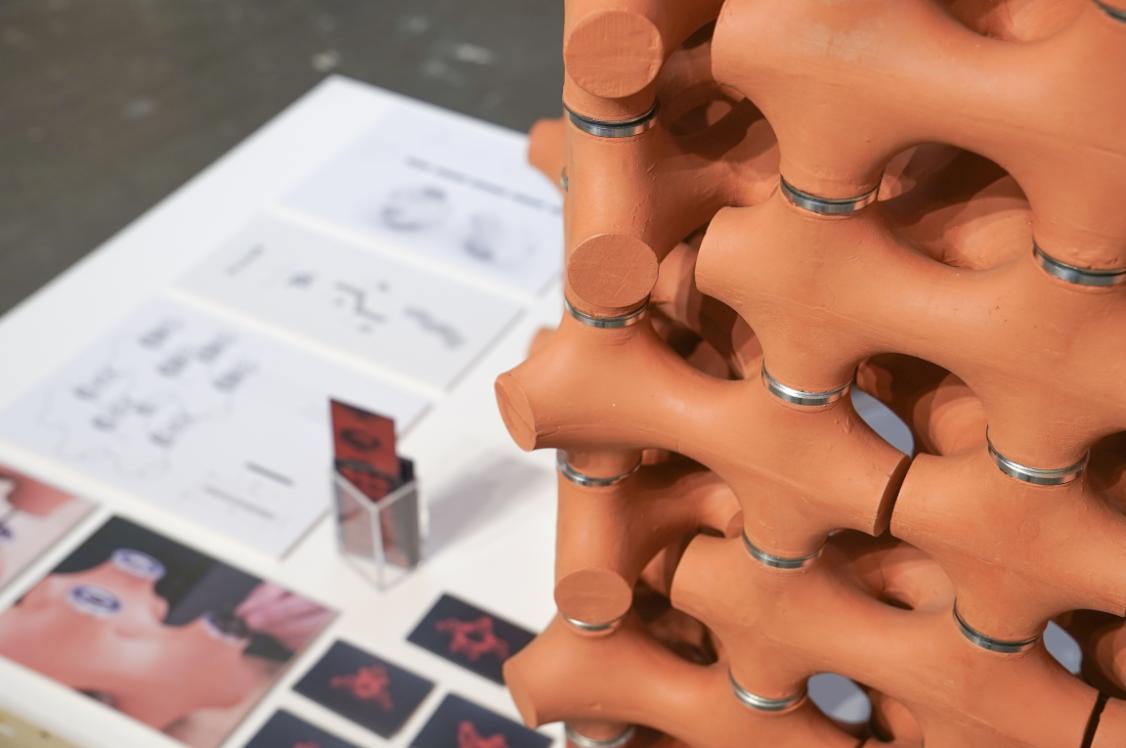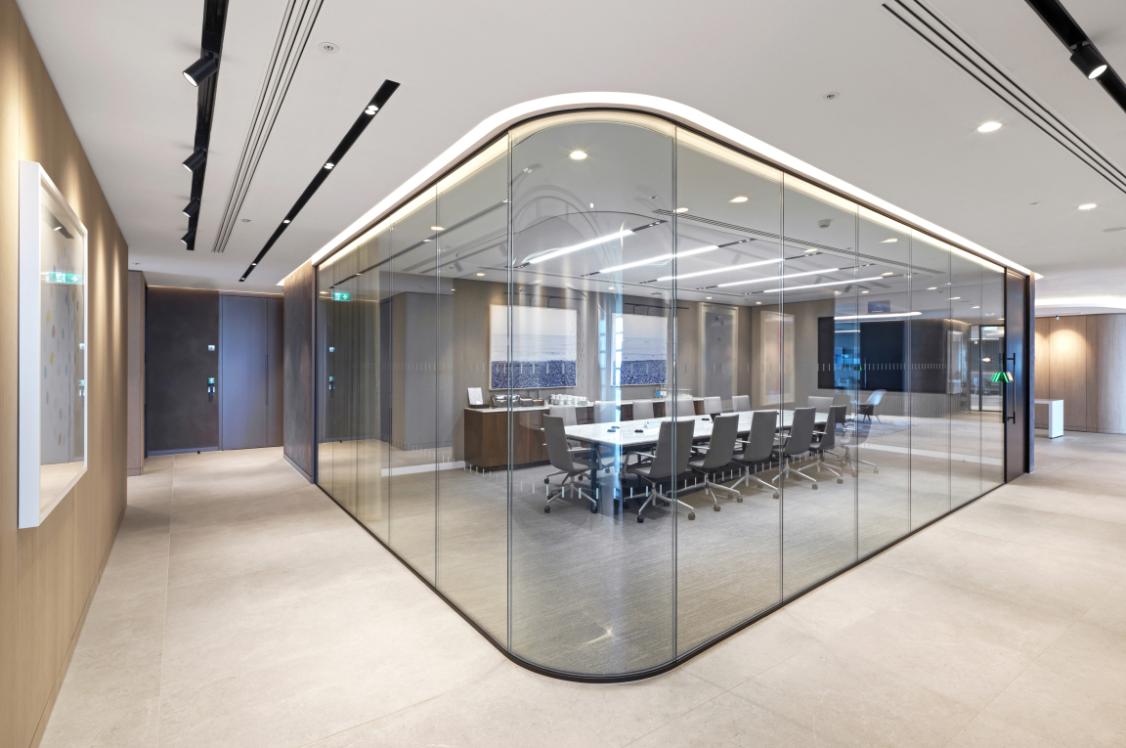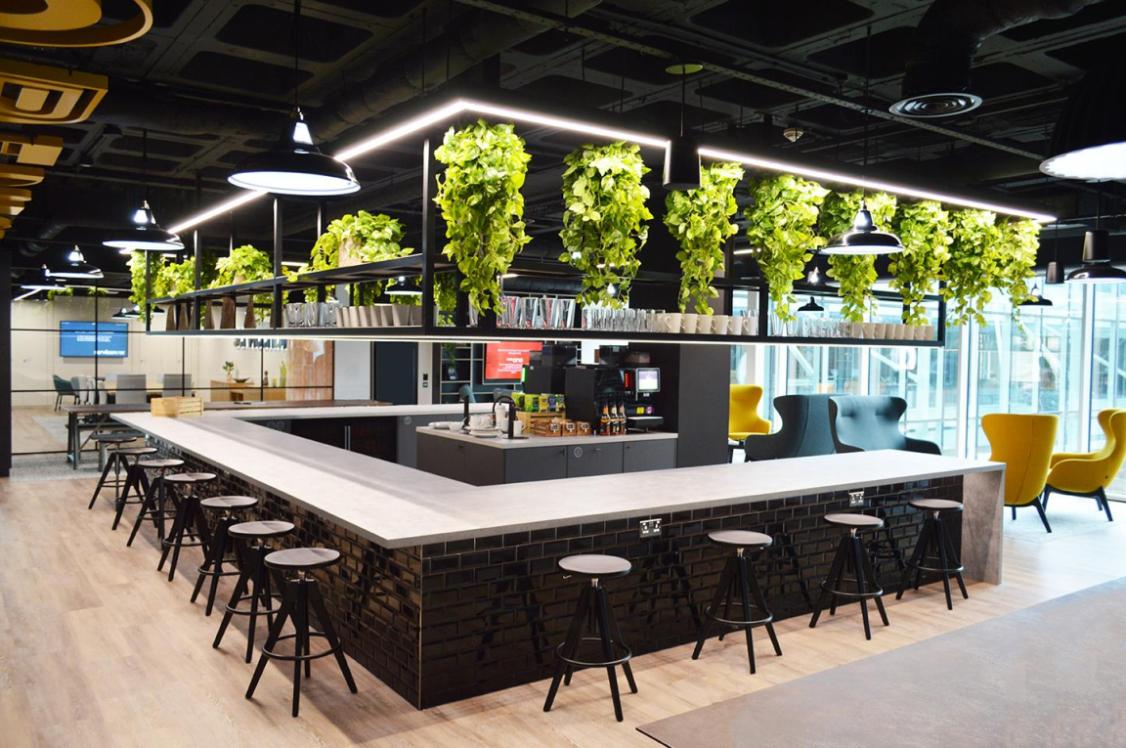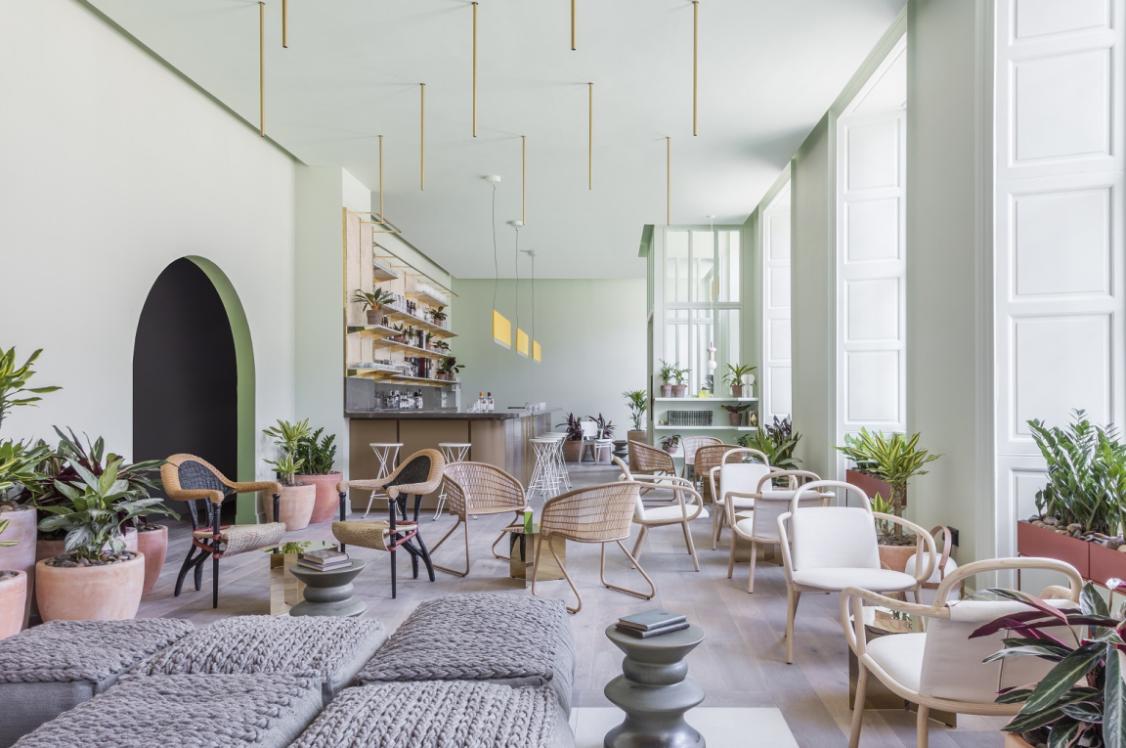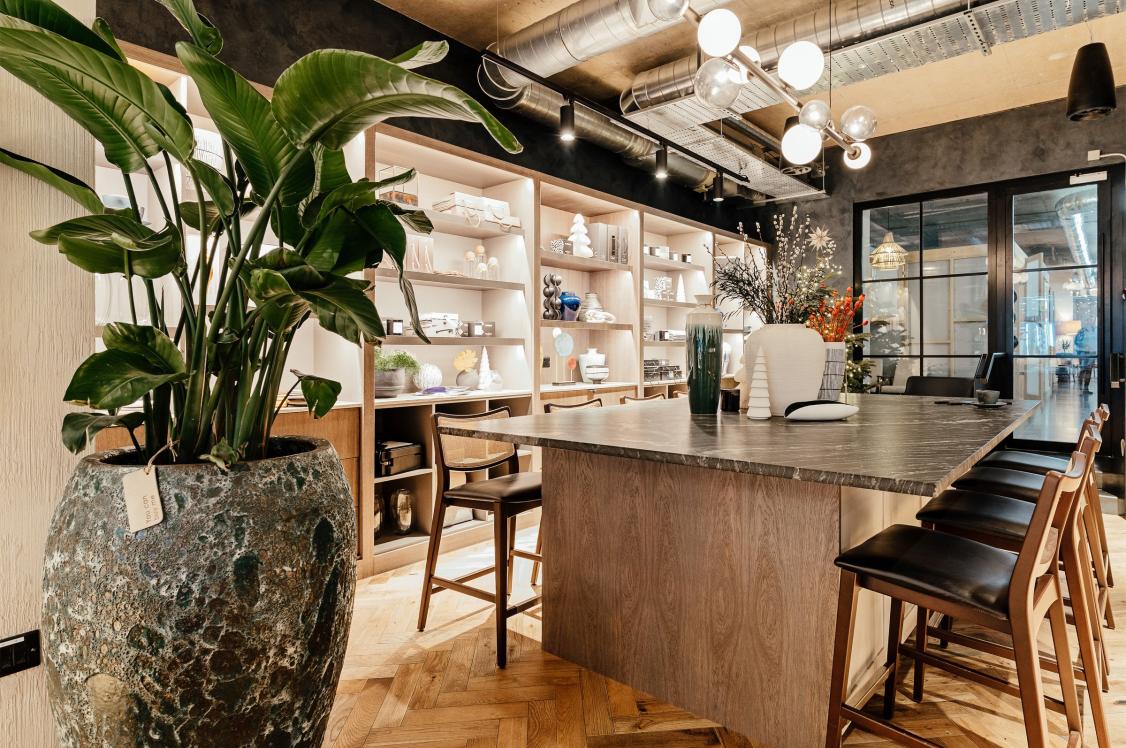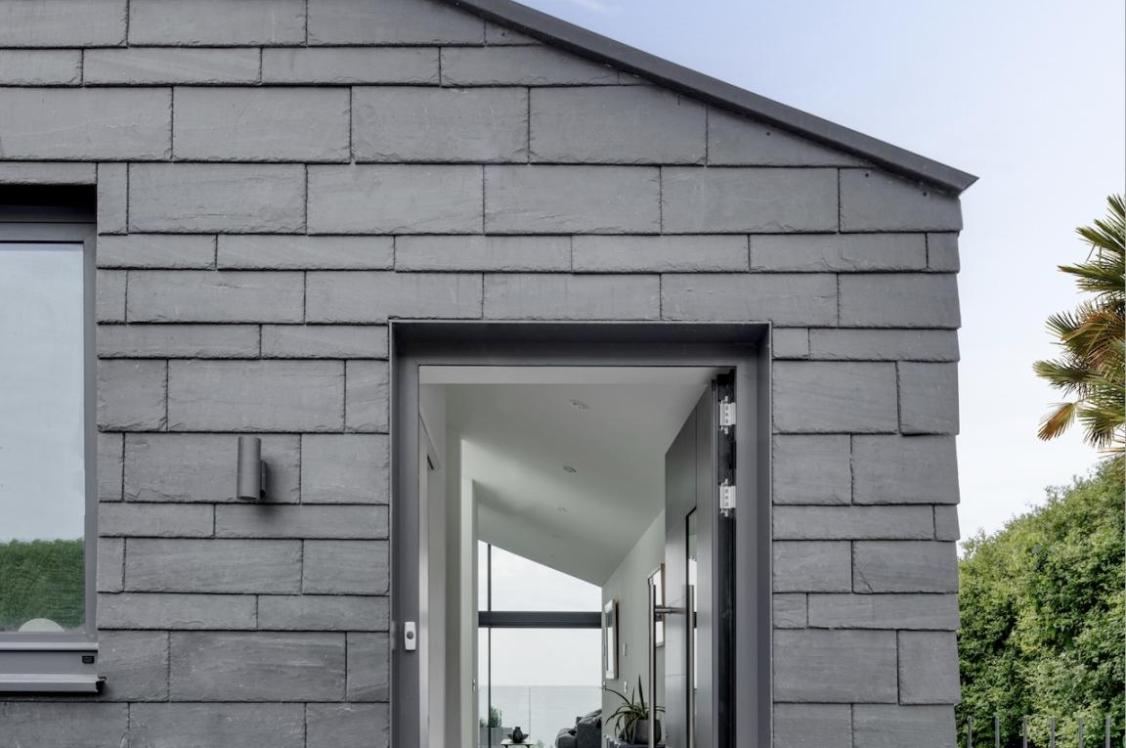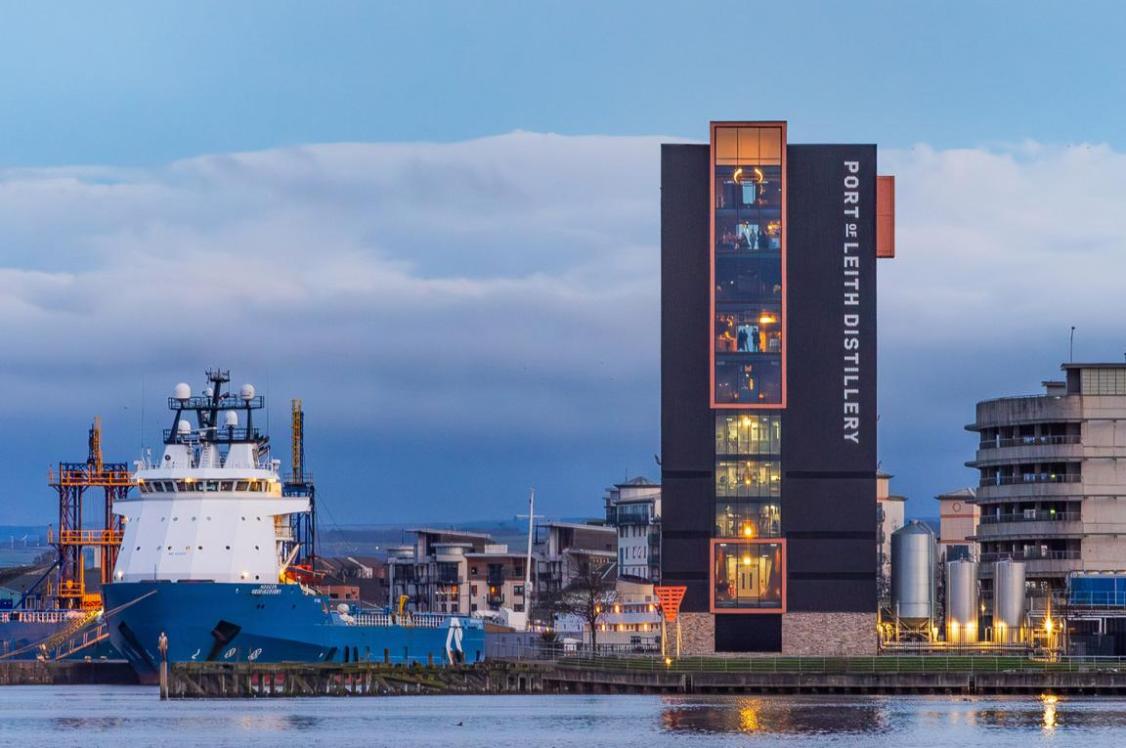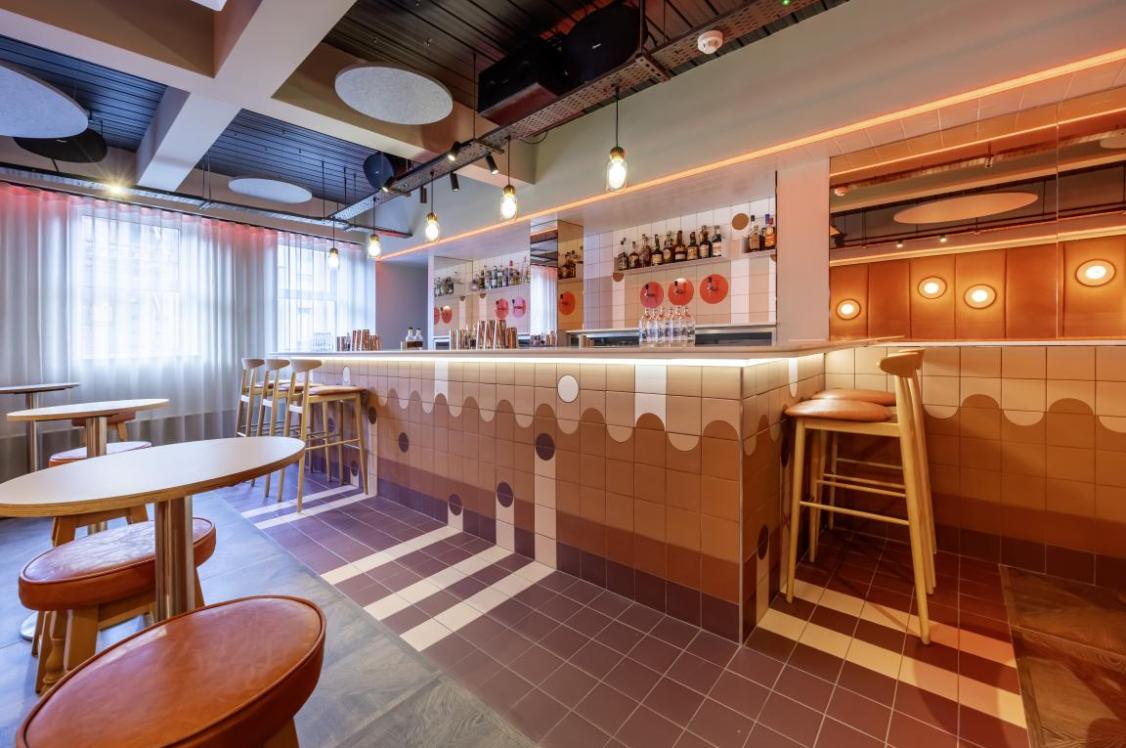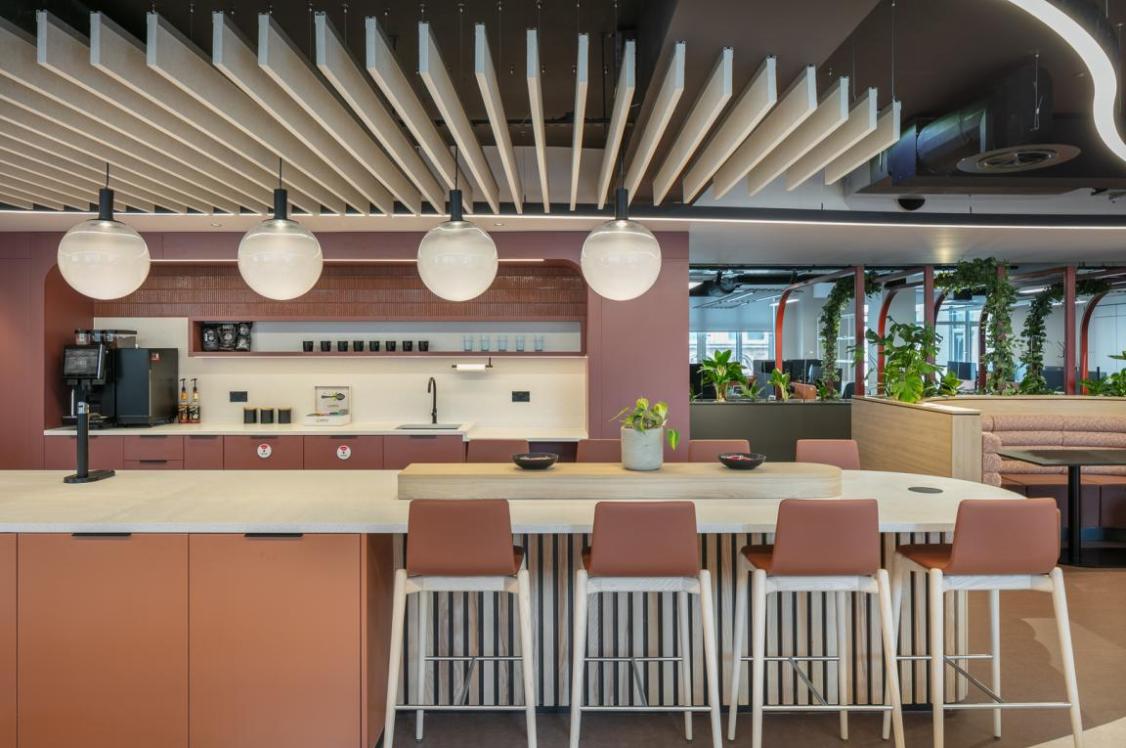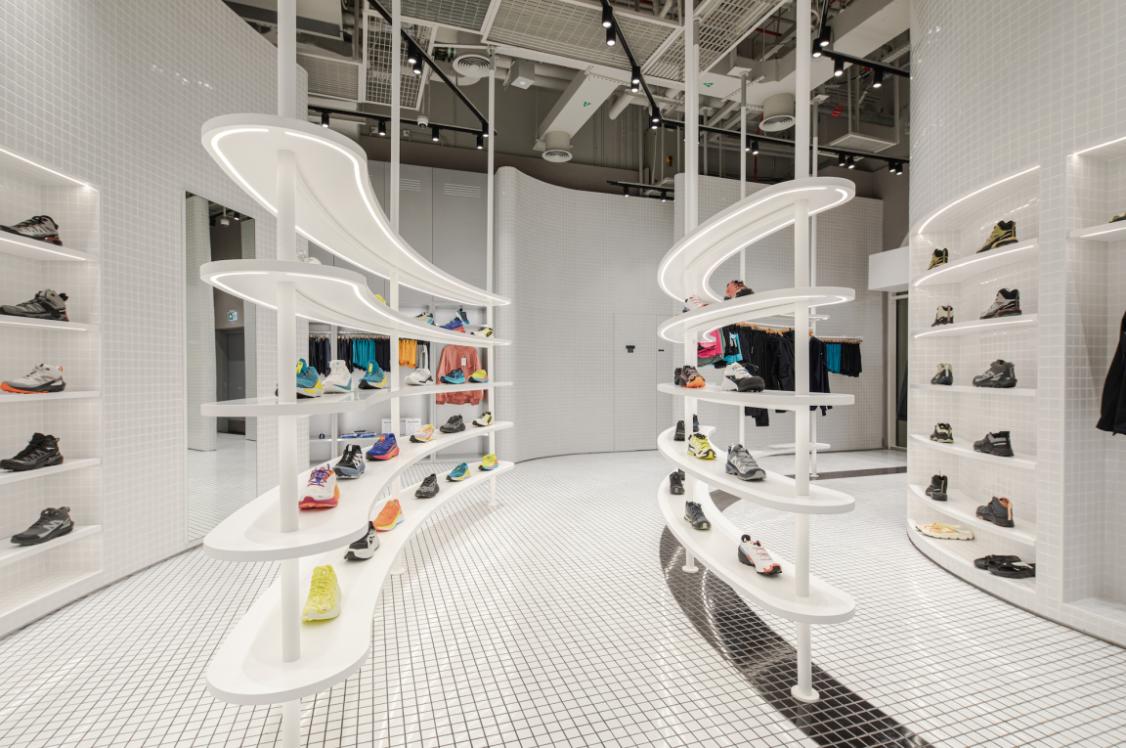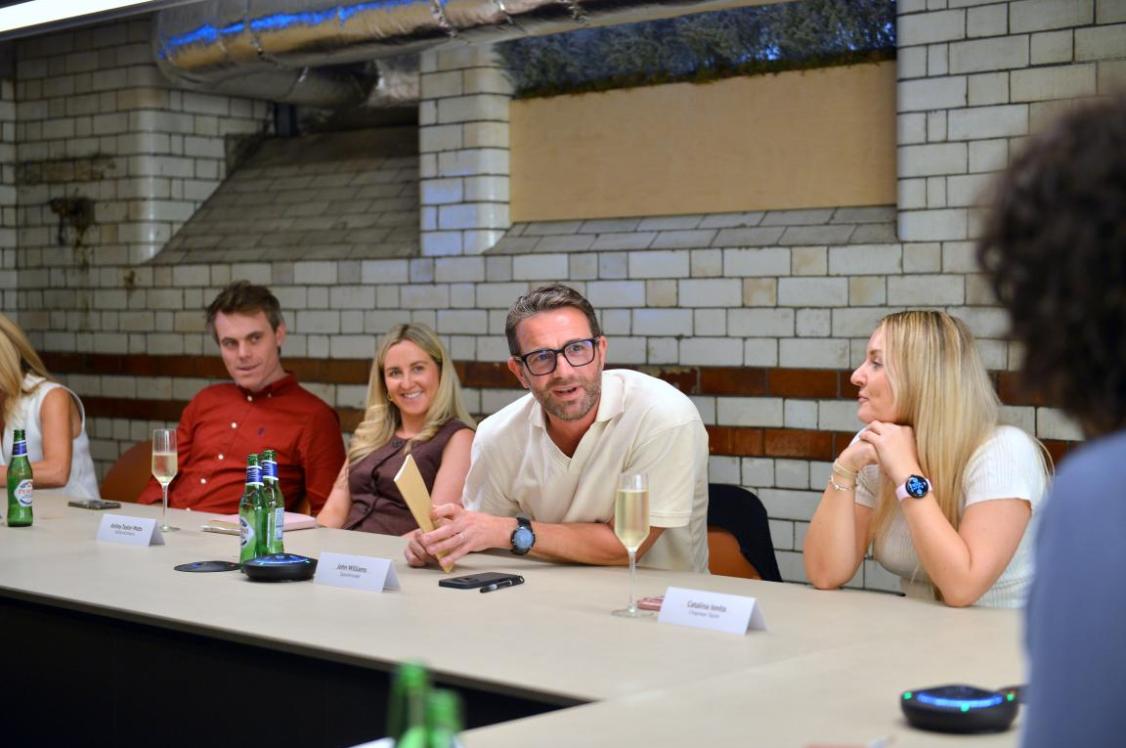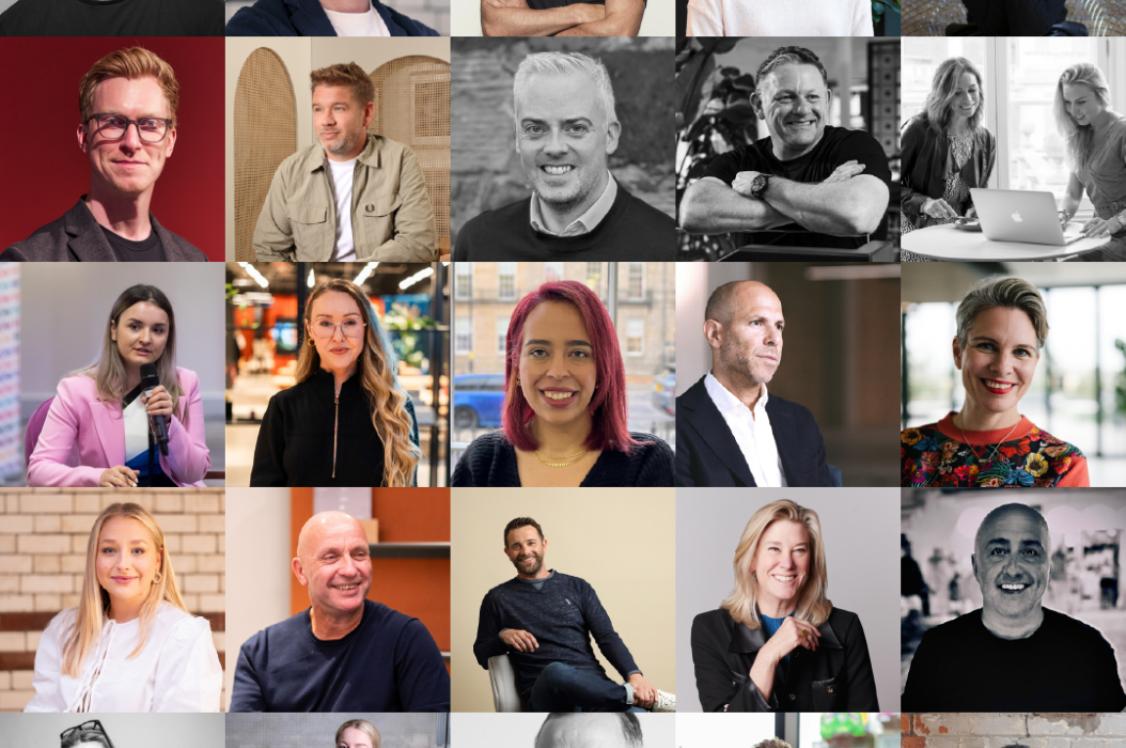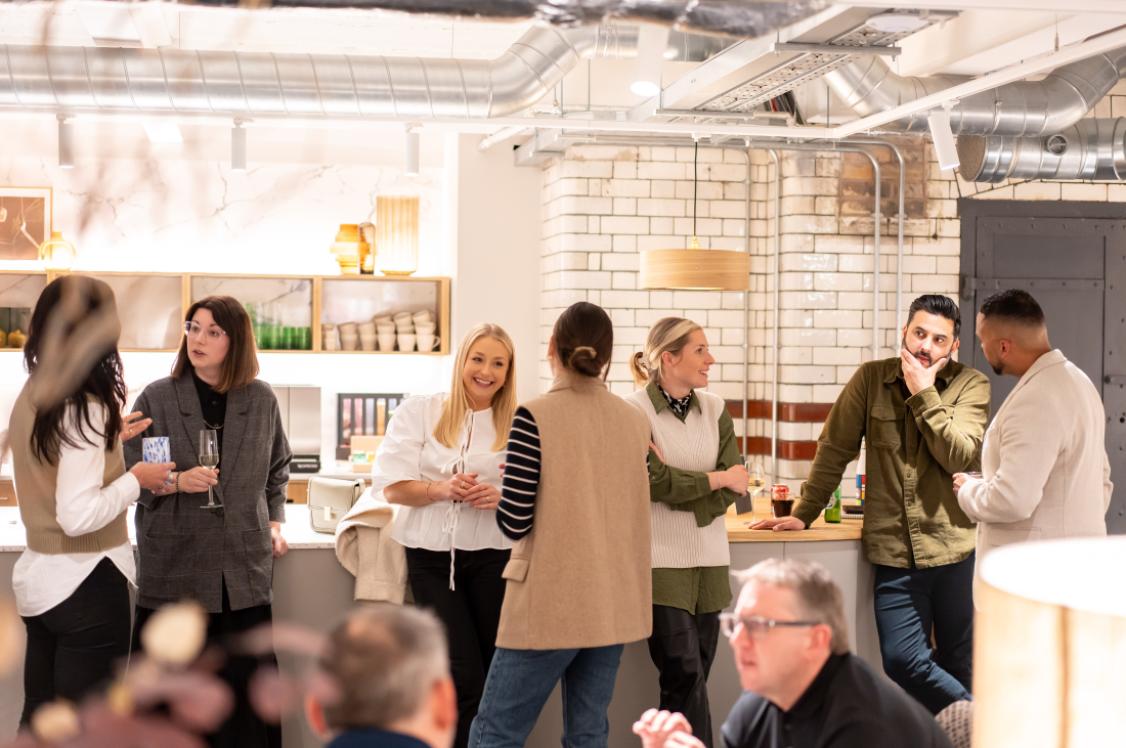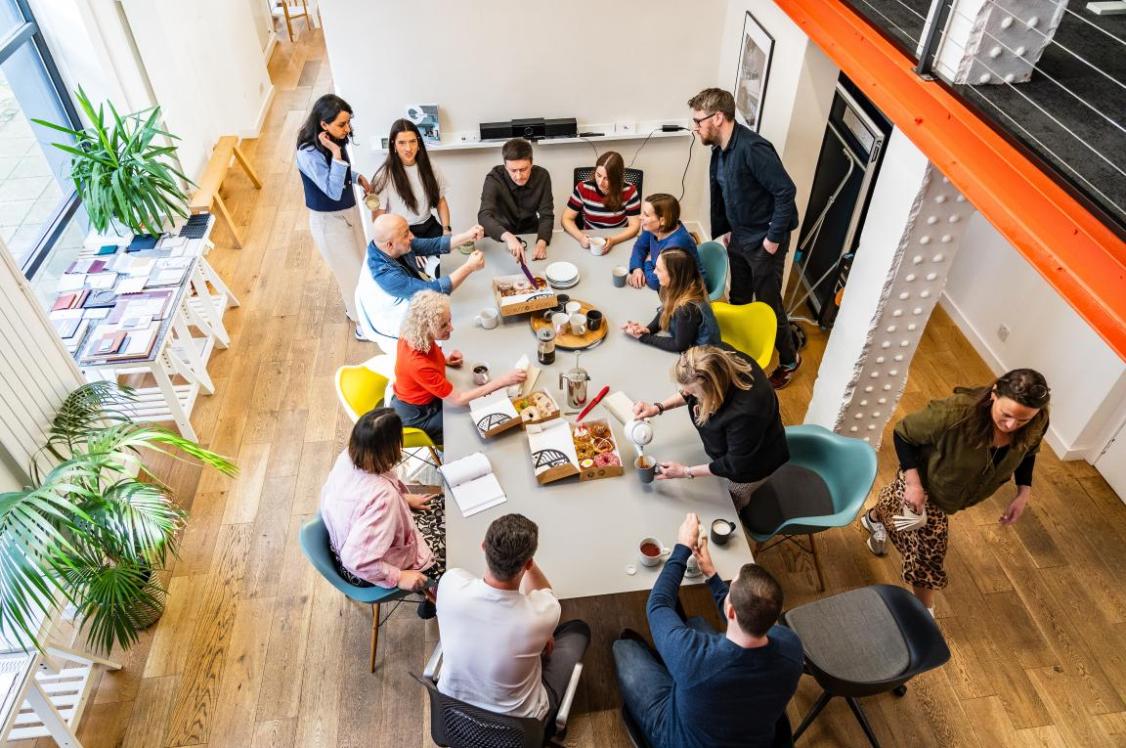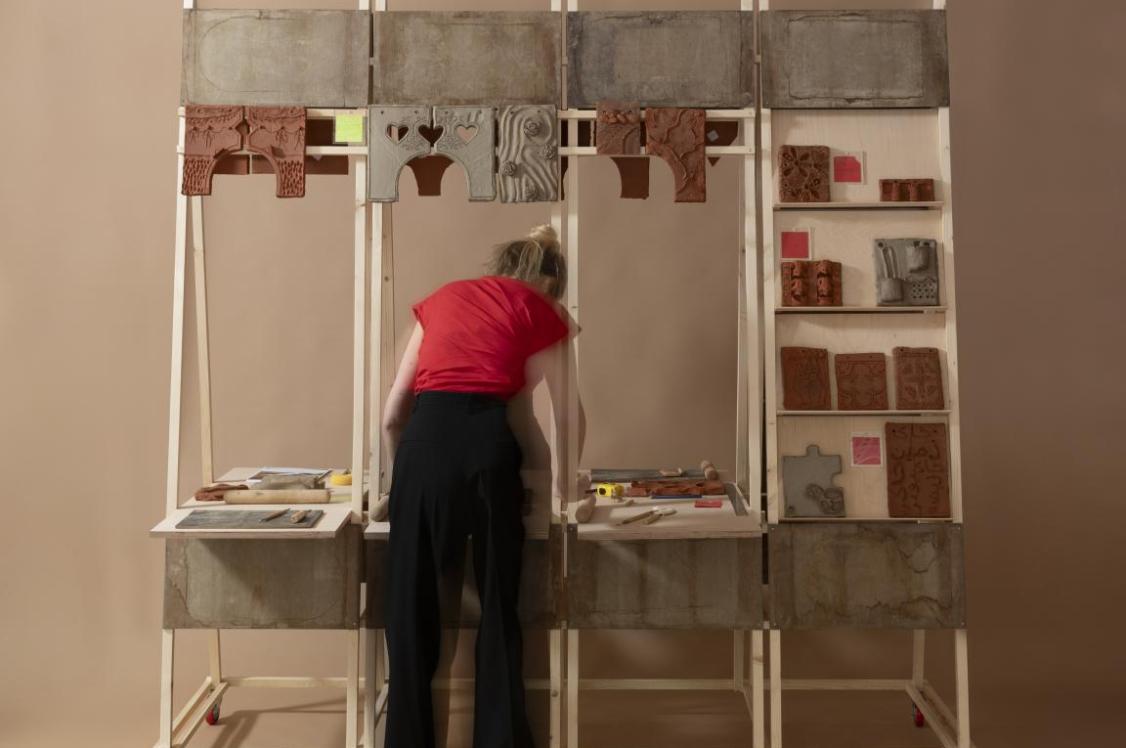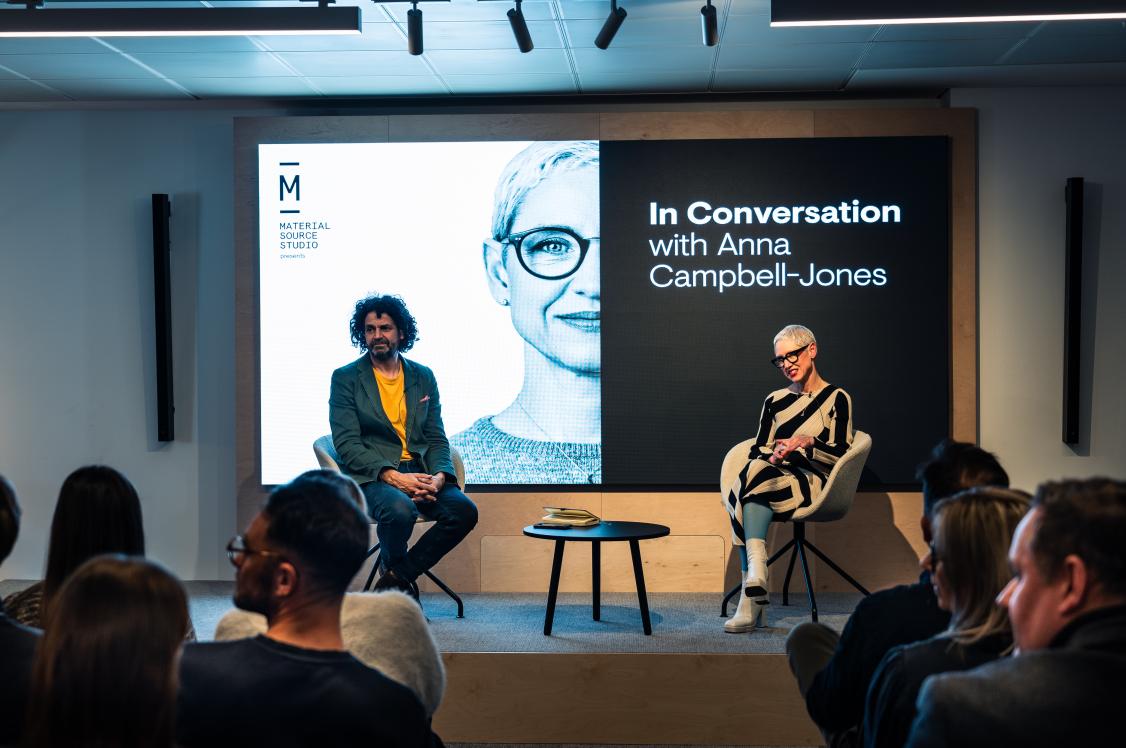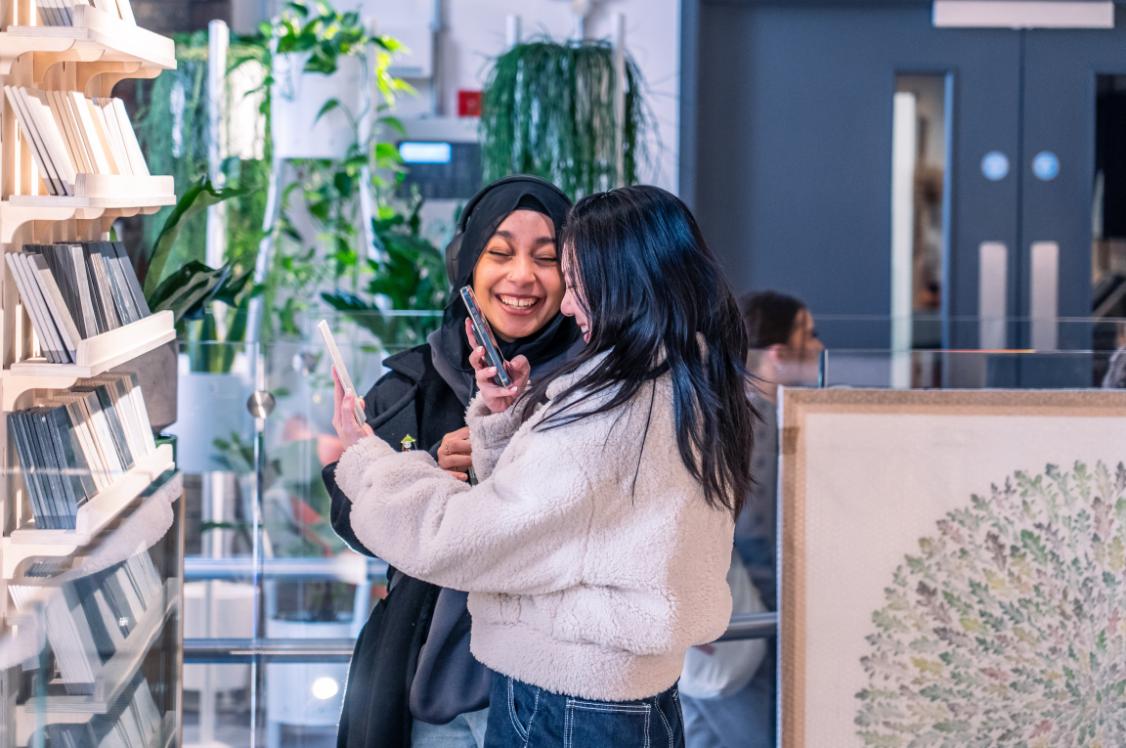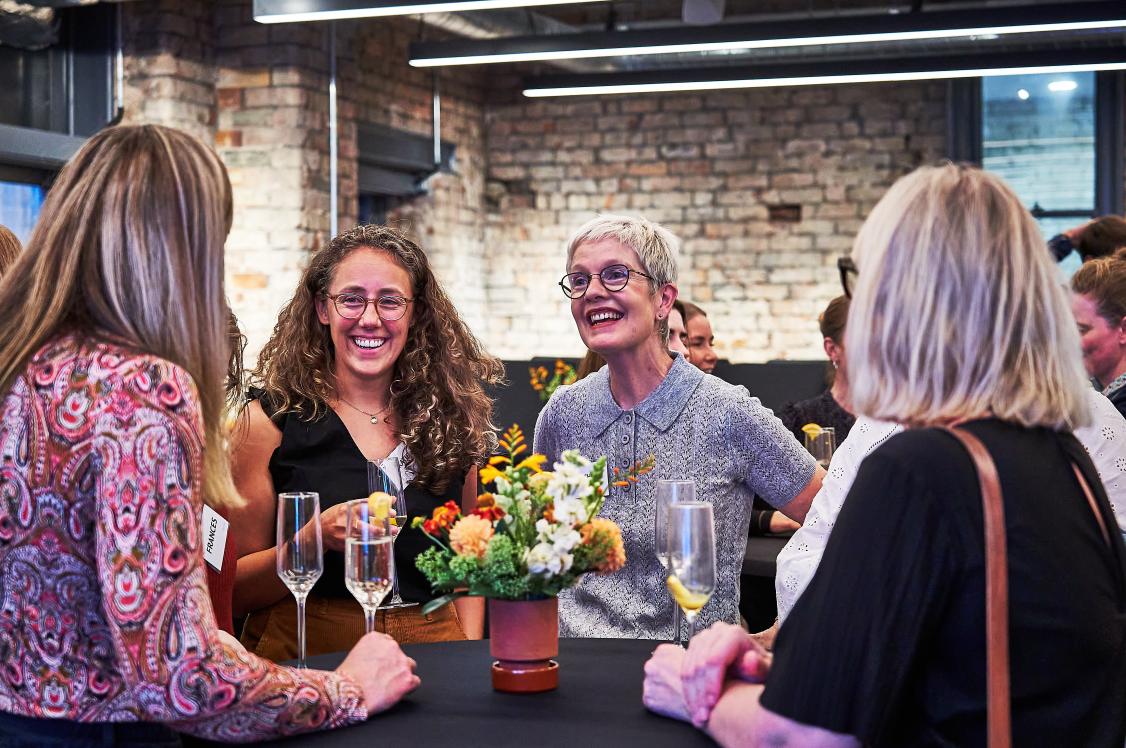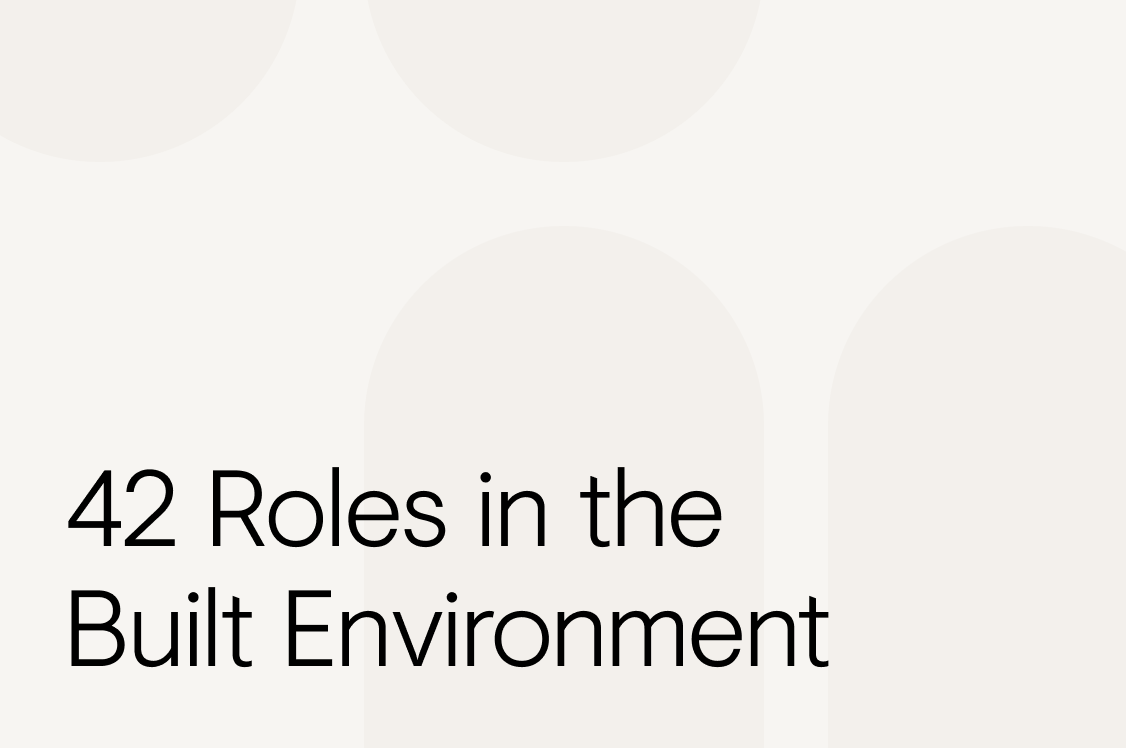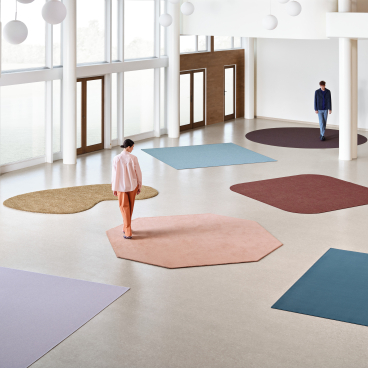Tim Goss, principal consultant, Steer, on pairing transport infrastructure with travel strategies to help cities thrive.
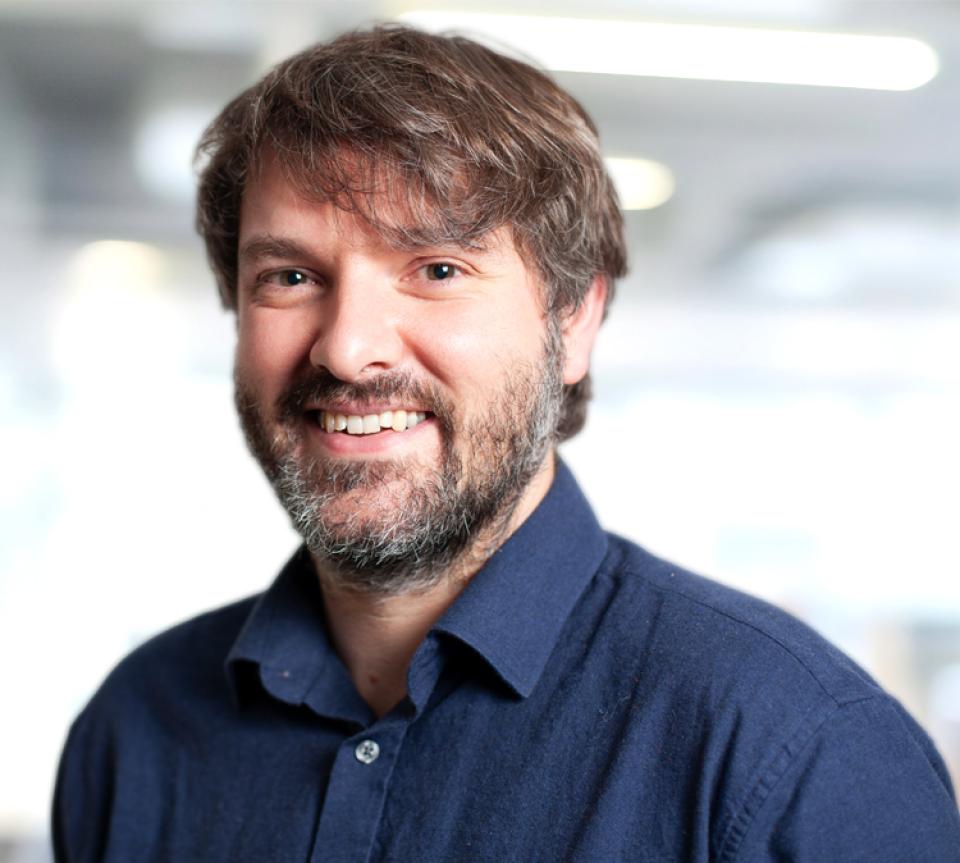
Working across cities, infrastructure and transport, Steer is a global business consultancy.
Tim Goss is a principal consultant there, with 14 years’ experience within the geospatial industry. He sits within the Movement, Place and Projects practice where he works to support clients around the globe with their geospatial, analytical, and cartographic needs.
Having managed a wide range of projects at Steer, from location planning for electric vehicle charging point locations to feasibility studies for bike share schemes, rail franchising, crowd modelling for major events, road traffic accident analysis, and the development of evidence bases for regional transport strategies, when planning our Workplace editorial and event focus, we felt Tim's expertise could certainly bring an interesting perspective to the conversation.
Because without transport infrastructure and a seamless travel strategy to bring people from their homes into central town and city-based workspaces, how do we effectively manage hybrid? Here, we chat to Tim about Steer's role in supporting thriving cities, global comparison and contrast, and the impact of data gained through technological tools to inform positive action.
Introduce us to Steer – who predominantly are your clients?
"We work with a lot of public sector, local authorities across the country like Luton and Bolton as well as many London Boroughs doing active travel strategies amongst other things. We work with combined authorities like Greater Manchester and with sub-national transport bodies like Transport for the Southeast and Transport for the North.
"Key to our success if our collaborative engagement with clients; that could be with schools or other local community groups through to more strategic projects with senior stakeholders. For example, we've done a lot of work encouraging active travel to schools via the use of gamification techniques such as competitions for kids to see who can do the most miles over a year or month and encourage cycling or walking instead of using a car which was really well received. Our work for universities is an interesting one because we do site-specific audits to make a campus feel safer or more accessible for active travel.
"We also work with private sector clients, and a lot of that is around development planning and modal shift i.e. making people travel more sustainably. We did this for Canary Wharf and undertake regular employee surveys to monitor trends in travel to work trends in the area. We also work with master plans for new developments like in Letchworth Garden City to make sure developments will be well connected.
"This can involve mitigating car use, making sure active travel routes are actually connected to amenities and other pathways, and ensuring access to good employment sites to improve the economy.
That kind of stuff – whether it’s housing or something like a major transport hub – is key to getting planning permission.
"In an adjacent area we work with private and public sector clients to improve access to sporting and other large events via walking, cycling and public transit. In this area we’ve done work like delivering the mobility plan for UEFA Euros in 2020 as well as Queen Elizabeth II’s funeral and King Charles’s coronation to create a safe experience for attendees."
What types of challenges are you helping clients to overcome?
"A huge amount of our work revolves around sustainability and encouraging mode shift from car to public transport and active travel modes and reduce things like congestion.
A lot of the time we have to work out how to balance what local authorities want and what developers want because by nature they have different visions and goals.
"Developers understandably want to build and generate profits, but authorities want to deliver infrastructure and look to ensure that local infrastructure and services can cope with housing growth.
"The interesting thing there is showcasing the benefits to the developers and that's something we’ve done in Manchester, changing that status quo and that way of working that has been going on for years.
"It's showcasing that if you actually invest in active travel infrastructure, even though it doesn't seem like something obvious or something that you need now further down the line, it's going to be the right way to go because you're future proofing your investment and you’re future proofing your development. Installing a transport hub or active travel routes into economic centres, then that brings benefits down the line.
"The challenges can be getting that message across of the actual benefits because it's very difficult to monetise these benefits and it's very easy to monetise the cost, but we’ve managed to do that by showcasing the wider societal and economic benefits."
What makes a thriving city?
"A thriving city means different things to different people, right? Everyone's at different stages of their life, and they all have different needs and motives and reasons for travel, I think what we try to do is look at how we can ensure that transport is sustainable and gives people options and access to what they need for the things the need in their everyday life, whether that be access to education, services, entertainment or green space.
"For example, think of a family with two young kids at school - it’s having access to those education facilities and access to greenery. Whereas someone early in their career will need good affordable housing near to transport links so that they can get access to well paid jobs and that comes back to having the right skills and the right industries within cities as well.
"It's a big melting pot of variables that need to exist. If you don’t have access to the right opportunities, services and public transport in your town that means that you probably need to take your car and drive somewhere else to access the services that you need.
"I hope we learn the lessons from the last time we built new towns which were designed for the car with ring roads, roundabouts and housing estates that were disparate from commercial areas. It's how you develop a new town which is really, truly integrated with safe access."
I think that's what a thriving city is. It's about those opportunities for all and making sure that people have can access them.
Which cities are thriving?
"In the UK, Brighton and Bristol have always had a reputation of supporting active travel, sustainable hierarchies and how they operate. Reading was also praised for doing really well with its bus market in terms of good patronage, good usage, good fair structures, lots of people use the bus and that's not a surprise because it's been well managed within that area.
"Manchester has got publicity with the enhancement of the Bee Network and how that's being rolled out and it's not just about the tram network, it's integrating it with active travel links and their own cycle superhighway.
"Cambridge has done something quite interesting as well with how they've repurposed an old railway line to develop their guided busway, there's a new bus service that whips along it now and helps public transport be very competitive in terms of travel times to the city.
"It's how you can be innovative with the space that you've got and it doesn't always have to be something really big and expensive. Especially in European cities where there isn’t much space.
Making the most use of existing space is the key to stopping urban sprawl.
"A similar bus rapid transit (BRT) route is in Bogota, Colombia called TransMilenio that we had a massive hand in. It’s a literal case study in most transport degrees regarding BRT.
"Singapore is an obvious example with high happiness ratings and it’s now a tourist attraction for its sustainability, transport and lifestyle.
"All over Spain there’s development to green cities by building trees around buildings and making a thriving place for people to live in."
How is infrastructure and transport helping bring people back into the workplace?
"Hybrid working is here to stay. We do strategic travel plans for organisations, throughout the UK and one challenge we’ve seen is the mid week demand – meaning most people come into the office in the middle of the week, which can place extra pressure on congestion and desk space.
"Organisations are looking at how they can support staff travel more sustainably into their office and one of the challenges that they do have is their hybrid working policy. Staff are expected in the office three days a week. And what happens? Everybody arrives Tuesday, Wednesday, Thursday and all the pressure on desk space happens then. It's about understanding how organisations can try and spread that demand throughout the week.
"One of the key things that companies can do themselves is around providing supplementary facilities or services to use existing active transport infrastructure. That could mean improving cycle parking, installing showers on-site or even taking part in a cycle to work scheme, shared micromobility or lift sharing scheme. We’ve got a lot of experience helping organisations plan and implement those things.
"In North America we’ve also worked with some big tech clients of encouraging their employees to use public transit with transit passes and similar things.
It’s about shifting behaviour patterns.
"It’s important to also think about social inclusion, employment and the role that transport has in that. Working from home has actually been great for some groups, for example those with disabilities, but some people can’t work from home and making transport less expensive and more accessible is useful for them.
"Similarly, going forward, because of hybrid working, development will probably be different. Instead of a residential development in one area and then a commercial development in another area, you can make a mixed-use development and start thinking of transport related development where you can have greater connectivity."
It’s a mixed lifestyle over a commuting lifestyle.
What are the other challenges for your clients at the moment?
"Funding, policies and politics is absolutely massive in the work that we do in transport. Stability and knowing what is happening in the long-term is key. HS2 for example was a massive long-term project and that's just all over the shop, isn't it? So no one really has that clarity in terms of what those big infrastructure projects are and how they're delivered.
"It almost comes into the planning reform and figuring out, is land going to be freed up? Are planning restrictions going to be eased?
"For developers it will be around competition. There is a target to build 1.5 million houses over the next four or five years and all the developers are going to want to put their land forward, how will they make themselves stand out from the crowd for submission of sites?
"There’s huge potential for us to help them get it right from that transport perspective and help them tailor it to the local area. It's really important when you're making your applications that you intrinsically understand what that local authority is trying to achieve."
What technology do you use?
"One thing is interactive story maps. Development can be so controversial and using an interactive story map to promote developments – especially now we are talking about new towns – can really help.
"If you can use an engaging web platform where you've got a nice, interactive map of the master plan, you can start interrogating where the cycle links go, and you’ve got a narrative that works alongside it and get locals excited about it.
"We are also using new data sources and analytical techniques to support planning applications predict travel movements to help mitigate impacts on the highway network."
What data do you extract?
"We are very lucky in the UK to have access to plentiful open data sources and organisations such as the ONS (Office of National Statistics) and the Ordnance Survey who generate huge quantities of open data which can be used within our projects.
"We used to rely a lot on the travel to work data census but the 2021 census was affected by Covid restrictions. There's a big gap in the data market, so we’ve had to move towards more mobile network data products.
"What we have noticed is we're moving to much more dynamic products from sources like mobile phone operators. We can access data for a specific period of time where we can really start to understand how journeys are changing on a daily basis, for example, what does Monday look like compared to Wednesday now? We can see changes in trip patterns and even footfall in town centres midweek compared to a weekend for example and even at different times of day.
"Another trend we have seen is the interest in development of user personas to understand travel habits, needs and motives We use personas as a method to understand what people want, linking it back to their travel needs and their motives. We are working on a few projects now where clients are generally interested in developing data-driven user personas based on different segments of the population and their current travel habits."
What’s next for Steer?
"We’re working on numerous initiatives that align with critical global, regional and local goals. For instance, we’re helping several developers position themselves for success by producing vision-led transport strategies for transit-oriented developments of over 10,000+ dwellings, while unlocking strategic land through the delivery of new rail infrastructure.
"We’ve just launched a new Systems Dynamics-based LUTI (Land Use and Transport Interaction) model named MESH., which can support economic appraisals for Ministry of Housing, Communities & Local Government (MHCLG) business cases—particularly for large-scale developments with significant regional impacts.
"In addition to that, we are expanding our work in the sports sector, collaborating with sports teams and venues to maximise revenue potential within fan zones and optimise the development of these spaces, with a particular eye on the UK, US, Europe and India.
"We're also continuing to grow our portfolio in Ireland, working closely with both public and private sectors to bring our expertise in infrastructure, urban development, and mobility to the region, ensuring that we remain at the forefront of shaping sustainable, resilient communities."



